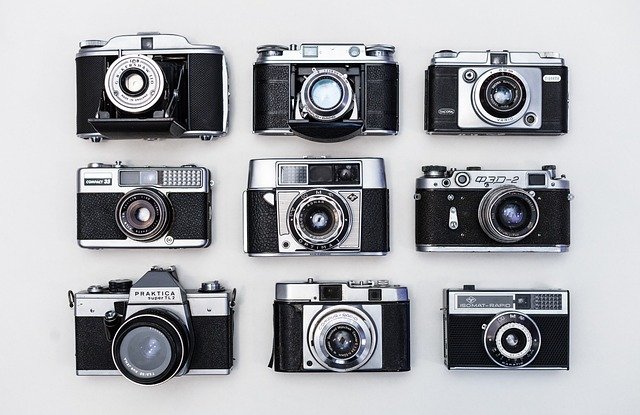Unraveling the Tapestry of Analog Photography's Resurgence
In an era dominated by digital technology, a surprising renaissance is taking place in the world of photography. The resurgence of analog photography has captivated both seasoned professionals and young enthusiasts alike, breathing new life into a medium once thought to be obsolete. This unexpected revival is not merely a nostalgic nod to the past, but a vibrant movement that challenges our perceptions of art, technology, and the creative process in the modern age.

A New Generation Discovers Film
One of the most intriguing aspects of analog photography’s comeback is its popularity among millennials and Gen Z. These digital natives, raised on smartphones and instant gratification, have found a profound connection with the deliberate, hands-on nature of film photography. The anticipation of waiting for film to be developed, the unpredictability of results, and the physical artifacts produced all contribute to a sense of authenticity and mindfulness that many find lacking in the digital realm.
The Aesthetic Appeal
The unique visual qualities of film have played a significant role in its resurgence. The warm tones, soft grain, and imperfections characteristic of analog photography offer a distinctive aesthetic that stands out in a world saturated with high-definition digital images. This look has become so desirable that countless digital filters and presets attempt to emulate it, further fueling interest in the genuine article.
Analog in the Digital Age
Contrary to what one might expect, the digital revolution has actually facilitated the revival of analog photography. Online communities and social media platforms have allowed film enthusiasts to connect, share knowledge, and showcase their work on a global scale. Additionally, crowdfunding campaigns have helped revive production of discontinued film stocks and cameras, while YouTube tutorials have made darkroom techniques accessible to a new generation of photographers.
The Intersection of Art and Science
The resurgence of analog photography has reignited interest in the scientific principles underlying the medium. From understanding the chemistry of film development to mastering the mechanics of vintage cameras, practitioners are engaging with a rich body of knowledge that spans art, science, and history. This multidisciplinary approach has attracted individuals from diverse backgrounds, contributing to the movement’s vitality and innovation.
Commercial Impact and Industry Response
The analog revival has not gone unnoticed by the photography industry. Established manufacturers have reintroduced film products and even launched new analog cameras to meet growing demand. Meanwhile, boutique companies specializing in small-batch film production and camera refurbishment have flourished, creating a niche economy around analog photography. This commercial resurgence has ensured the continued availability of materials and equipment, solidifying the movement’s longevity.
Environmental Considerations
As environmental concerns become increasingly prominent, the analog photography community has grappled with the ecological impact of their practice. While film production and chemical processing do have environmental drawbacks, many argue that the longevity of analog equipment and the mindful approach to image-making encouraged by film photography contribute to a more sustainable relationship with technology. This ongoing dialogue reflects the movement’s ability to engage with contemporary issues while honoring traditional practices.
The Future of Analog
As the analog photography movement continues to evolve, it raises intriguing questions about the future of visual arts and our relationship with technology. Rather than representing a rejection of digital advancements, the resurgence of film photography suggests a desire for balance between innovation and tradition. It challenges us to reconsider the value of slow, deliberate processes in a fast-paced world and invites us to explore the rich intersection of past and present in artistic expression.
In conclusion, the resurgence of analog photography is more than a fleeting trend; it is a profound reimagining of a classic art form for the modern age. By embracing the limitations and unique qualities of film, photographers are discovering new avenues for creativity, connection, and self-expression. As this movement continues to grow and adapt, it promises to shape the landscape of visual arts for years to come, reminding us of the enduring power of tangible, handcrafted images in our increasingly digital world.





